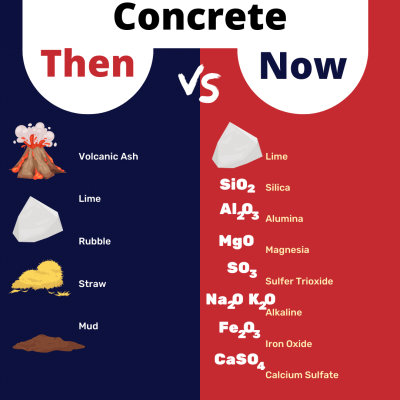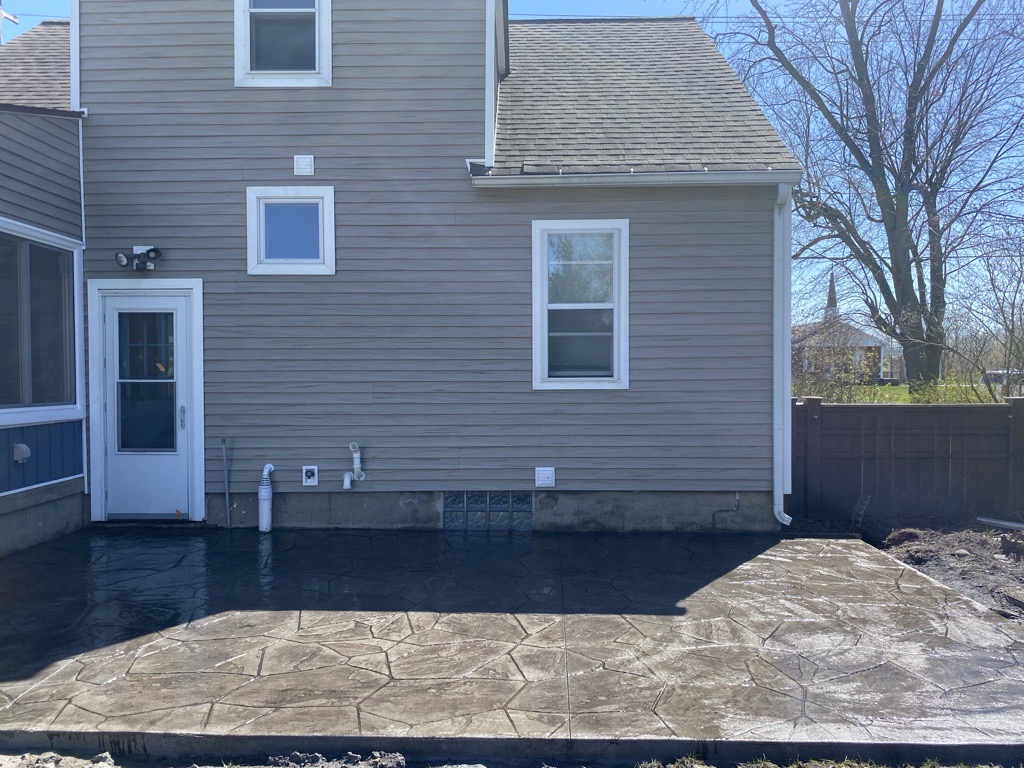Concrete: the mere mention of it recalls the image of skyscrapers, bridges, highways, and dams. It’s an ancient material whose use can be traced back to Roman times, yet it remains a cornerstone in modern construction. Notably, concrete is the second most consumed material on Earth after water, highlighting its immense importance and ubiquitous presence in our built environment.
The history of concrete is a fascinating journey through time. The ancient Romans were among the first to use a primitive form of concrete, mixing lime and volcanic rock to build structures that have withstood the test of time, such as the Pantheon and the Colosseum. The secret to their enduring concrete was lost to history until the material saw a resurgence in the 18th century with the invention of Portland cement by Englishman Joseph Aspdin in 1824. This new cement, made from heating limestone and clay, forms the basis of the modern concrete that is used today.

In contemporary society, concrete’s applications are vast and varied. From the foundations of homes to the tallest skyscrapers, concrete’s versatility and strength make it a preferred choice for almost every type of construction. Concrete is composed of cement, water, aggregates (like sand and gravel), and sometimes additives that enhance its properties. This simple yet effective composition provides incredible durability and longevity.

Concrete boasts several advantages over other building materials like wood, steel, or brick:
Concrete is a versatile and strong material that can be molded into any shape. Resistant to fire and cost-effective, making it a great choice for modern construction projects. Compared to wood, brick, and other materials, concrete stands out for its unique capabilities. Outside the home, concrete’s application extends to patios and walkways, combining aesthetic appeal with functionality and durability. Concrete patios provide a fire-safe area that withstands extreme weather conditions, while concrete walkways offer a sturdy, low-maintenance solution for high foot traffic areas. Additionally, using concrete in exterior home designs creates defensible spaces that can slow or prevent the spread of fire, effectively safeguarding property by acting as a fire barrier. This strategic use not only enhances safety but also adds value by reducing the frequency of repairs and replacements needed over time.
While steel provides great tensile strength, it does not match the thermal mass or fire resistance of concrete. Wood, while versatile and aesthetically pleasing, cannot compete with concrete’s longevity and resistance to environmental factors.

The future of concrete in construction is promising. Research is advancing and creating new materials such as ultra-high-performance concrete (UHPC). Smart technologies are also being incorporated into building materials to enhance their strength and adaptability. Concrete is important in construction. Ongoing innovations are constantly improving its natural properties. These innovations also work to minimize its impact on the environment.
Concrete will remain a key material in the construction of cities and buildings. It serves as a reminder of the past and a guide for new ideas in construction. Its unmatched versatility and durability ensure that concrete will continue to be a staple in building our world, proving that the most enduring materials are those that can adapt and evolve with us.
Home | Locations | Gallery | Commercial | Residential | Privacy Policy | Blog | Contact
© 2022 Sam The Concrete Man. All Rights Reserved. ®
Powered by Epoch